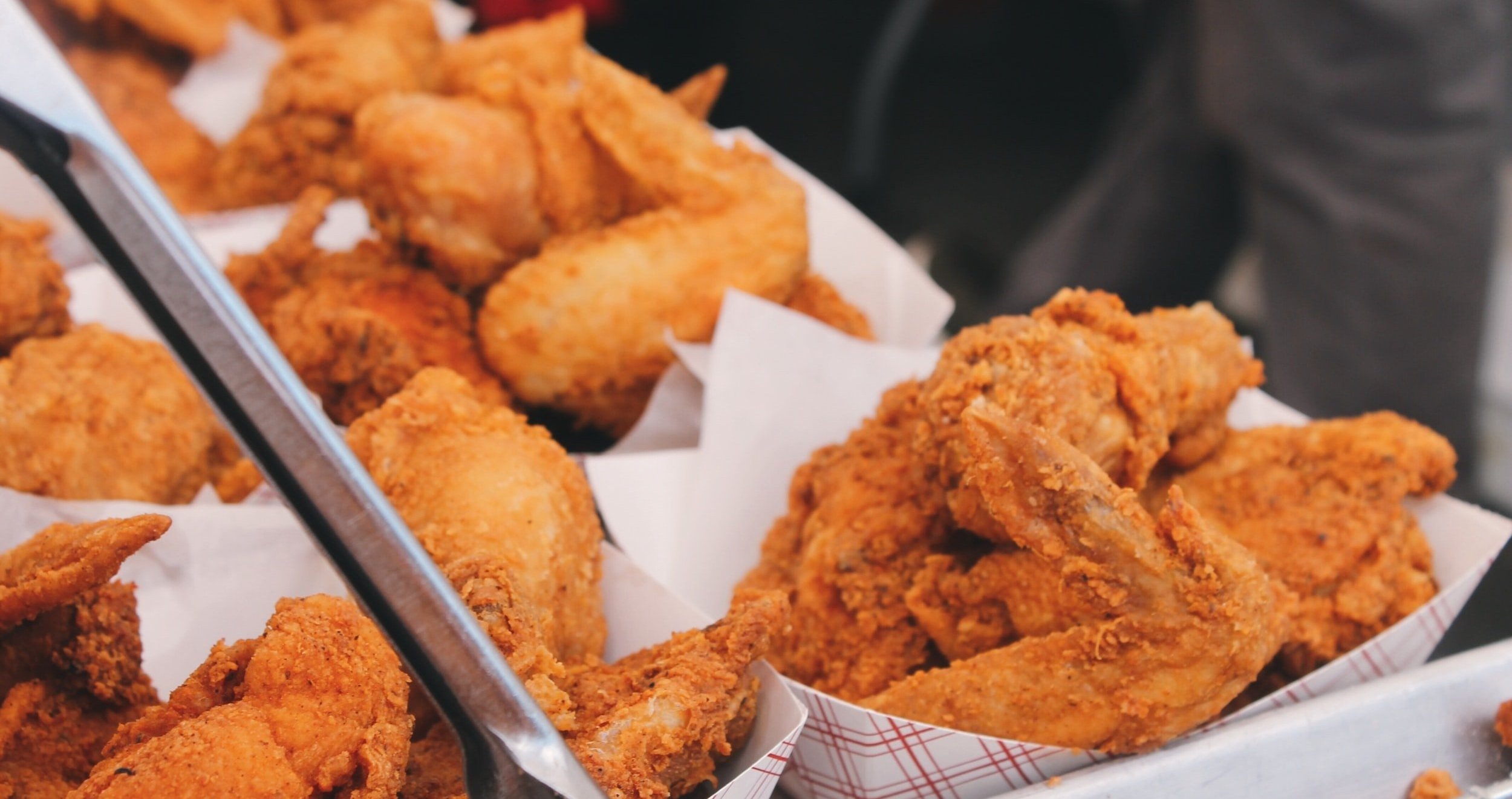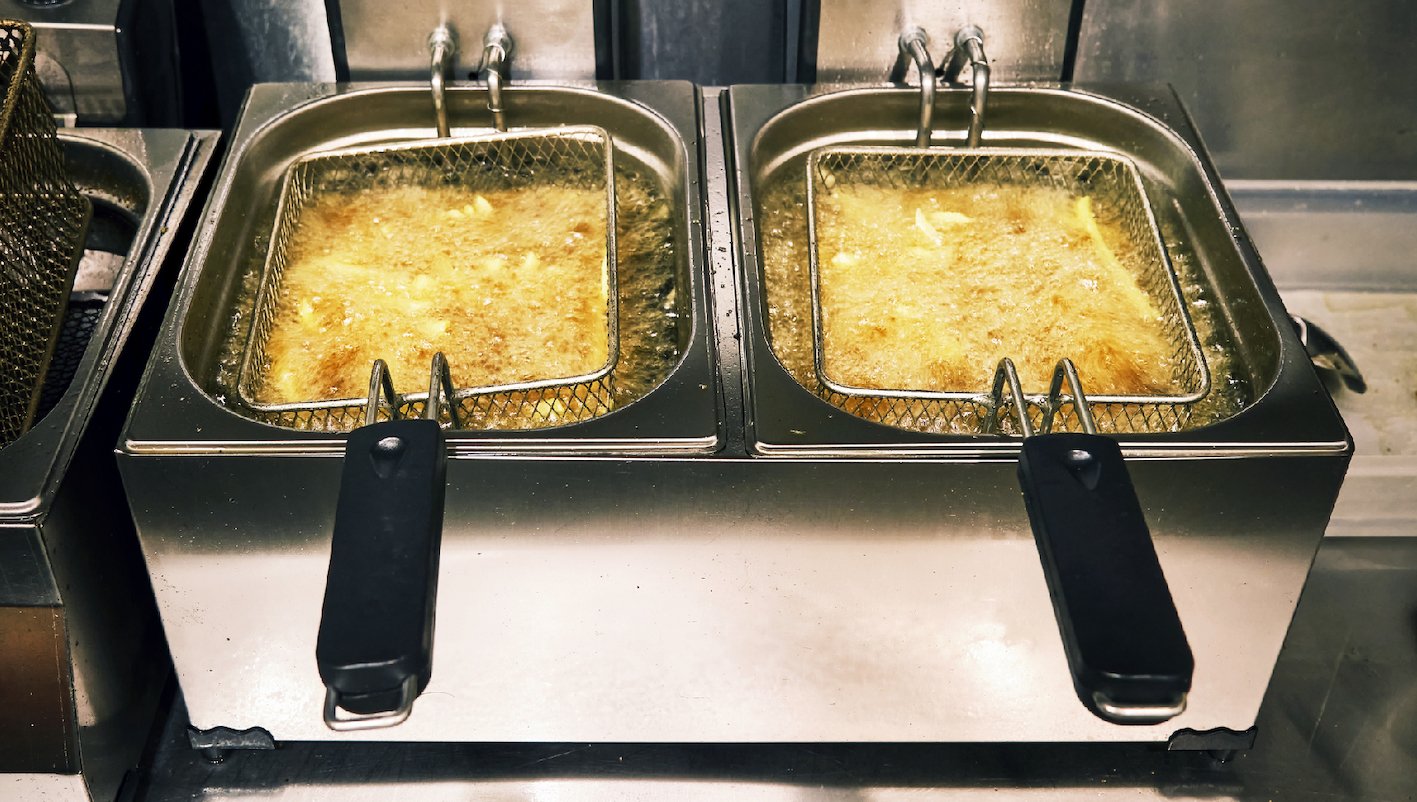Frying Up A Storm – Deep Frying VS Pan Frying
Discover > Texas Home Cooking > Frying Up A Storm – Deep Frying VS Pan Frying
Deep frying vs. pan frying. Who wins the battle? Let’s find out here.
Texas is known for its love of barbecue and grilling. But a significant amount of well-loved Texas fare is fried – fancy a plate of fried gator, anyone? Historically, pan frying has been a super popular method of cooking food, particularly among the frontier, where as a result of scarce cooking resources only a cast iron skillet or frying pan was needed to whip up a meal.
Though the origins of deep frying can be traced back to ancient times, modern deep-frying methods started to emerge in the US once cast iron began to be used for cooking ware. Iron holds heat well, making it perfect for deep fries. However, the popularity of deep frying truly surged with the spread of the electric deep-fryer – an appliance that makes the cooking technique both easier and more reliable.
So, both pan frying and deep frying are cooking methods that are widely used throughout the US. Both are great choices, but what’s the difference between fried and deep fried, and how do we know which method is best for our dishes? The answer to this lies in our preferences concerning the texture and taste of our food, and each frying technique has its advantages and disadvantages.
Advantages of Deep Frying
Deep frying is a cooking process that involves completely submerging food in hot oil. Usually, this frying method is associated with the electric deep-fryer, an appliance that holds and heats cooking oil. This kitchen device consists of a basket (to hold the food), adjustable temperature settings, and a lid to cover the fryer. Before the electric deep-fryer was invented, deep frying was usually done in a cast iron pot. This is the best method if you want to make southern fried chicken recipes or French fries, which need to be crunchy.
The reason why deep frying works is because it uses heat transfer between the liquid being heated and the food being cooked. When you drop something into hot oil, its temperature will rise quickly as heat flows from its surface into its interior through conduction. The oil itself doesn’t get hotter; instead, it stays at around 375 degrees Fahrenheit while food heats up quickly within that range.
There are several advantages of deep frying:
Food becomes much crispier as it’s submerged in oil, ensuring that it’s cooked evenly and thoroughly. If you want crispy and crunchy food, then choose this method.
Has a shorter cooking time as the food is fully submerged in oil at a high heat temperature, with no air present.
Hot fat seals the food surface, meaning flavor and juices are locked in.
Adds flavor and attractive color to the food.
Drawbacks of Deep Frying
You need large amounts of oil, as you have to fully submerge whatever you’re cooking.
You will need to purchase an electric deep-fryer or a large cooking pot.
There’s a huge amount of excess oil to be disposed of at the end of the cooking process.
Air Frying
There’s a new frying appliance around, and it’s called the air fryer. This device has become a kitchen must-have across the nation. It’s essentially a countertop convection oven that mimics the outcomes of deep frying, but it only uses minimal oil.
The air fryer is best for people who want to eat healthy without sacrificing flavor or texture. It uses rapid air circulation to create crispy results without adding too much oil—only about one tablespoon per serving! The device can be used for anything from french fries and chicken wings to veggies, breaded fish fillets, and even desserts like cheesecake bites or fudge brownies.
As with a deep fryer, the food is held in a basket – however, the air fryer cooks the food using hot air, rather than oil. As very little cooking oil is used, air frying has boomed as a healthier alternative to the oil-heavy deep frying method.
Advantages of Pan Frying
Pan frying is a great way to cook your food if you’re looking for a quick and easy method of preparing your dish. It can be done in a shallow cooking pan over a stovetop, and it requires only a small amount of oil to cook your food product.
Pan frying differs from deep-frying in that it does not require large amounts of oil to completely cover the food product. It’s also different from sautéing because sautéing requires you to cook your food over medium or high heat for longer periods of time than pan frying does.
If you’re only stir frying or shallow frying chicken breasts and salmon (What wine goes well with salmon?) slabs, then pan frying is probably the one for you! These types of foods don’t necessarily need to be crunchy, so they can be prepared using this technique without fear of overcooking them or drying them out too much.
As a cooking method, pan frying has several advantages:
Needs only a fraction of the oil to fry in the hot pan.
As a result of the above, there’s nearly zero waste oil, making it a more environmentally friendly option.
It requires less equipment – just a frying pan. You don’t need an electric deep-fryer appliance.
You can do it anywhere. Channel your inner cowhand and fry in the outdoors, just like the cowboys did in the Texas plains centuries ago.
It’s healthier as less oil is required. Cooking oils contain trans fats, which are known to contribute toward an increased risk of heart disease.
Drawbacks of Pan Frying
The cooking time is longer than with deep frying, as pan frying requires a much smaller amount of oil.
If you want crispier, crunchier food, pan frying is not the better option of the two.
To Pan Fry or to Deep Fry?
When it comes to choosing between pan frying and deep frying, the most important thing to consider is WHAT you’re cooking. Naturally, greasy foods such as bacon don't need to be submerged in cooking oil to achieve a nice crisp texture, whereas if you want crunchy french fries, which needs more oil, then deep fry is the way to go.
Nevertheless, among the many recipes to choose from, there’s one famous Texas dish that can be cooked using either method, and that’s the chicken-fried steak. I prefer not to use too much oil, and opt instead to pan fry my CFS most of the time. And of course, certain foods have become iconic in their deep-fried form. Nothing beats the crispy goodness of a bucket of deep fried chicken, but pan-fried chicken is also delicious.
However, as we’ve learnt, there’s a new frying method in town. The question is – is the air fryer going to add a third contender to this debate?
BONUS TIP! Frying is a delicious way to cook food, but it's not exactly the healthiest option. But that doesn't mean you should give up frying entirely. Instead, try using peanut oil to fry your foods—it's low in saturated fats and has a high smoking point. Other oils such as canola oil, vegetable oil, sunflower oil, olive oil, and corn oil also have high smoking points, so they're all good options for frying too! As a final touch, when you finish cooking, don't forget to drain the residual oil from the dish on a cooling rack or paper towels. It might help you feel less guilty about eating such delicious food.





